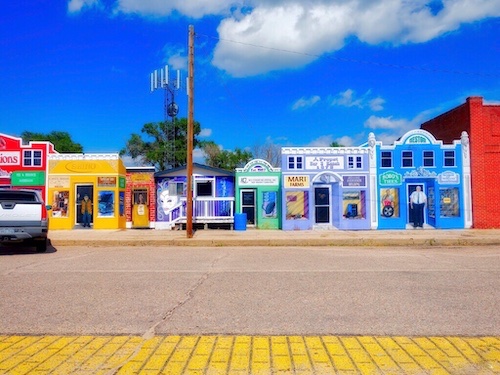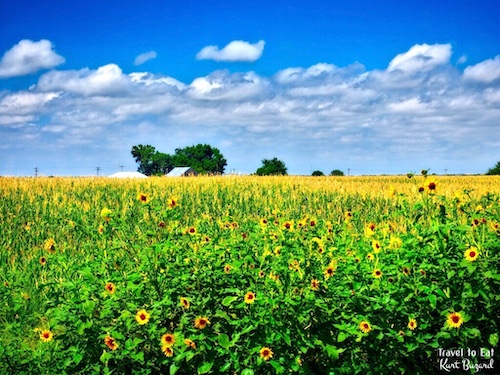
Eastern Colorado is a piece of Americana that few tourists ever visit. I decided to visit my cousin who lives in Merino, a small farming community in northeast Colorado. The farming areas in the Midwest and particularly the eastern plains of Colorado are justly called the heartland of America. The pace of life is slow but not without it’s pleasures. This is big sky country, equal to the best skies in Montana. There is a marked difference between north-eastern and south-eastern Colorado in that the south is much drier. There are about twenty-five million acres in Colorado east of the Rocky Mountains. This area consists mainly of high rolling prairies broken by numerous stream beds that are generally dry, except immediately following rains when for a few hours the streams become torrents. The altitude ranges from about 4,000 feet above sea level at the eastern line of the state to 6,000 feet at Colorado Springs. Along the two main rivers, the Platte in the north and the Arkansas in the south, there are numerous small lakes and irrigation channels.
Corn in Northeastern Colorado
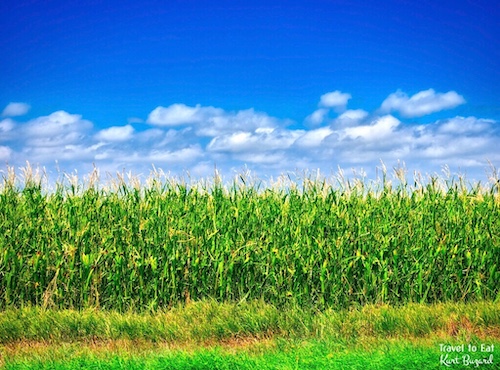
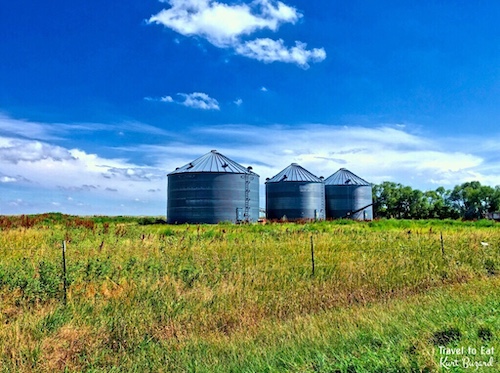
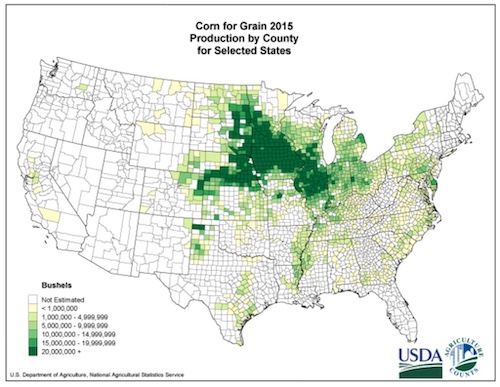
In northeast Colorado the two main crops are corn and sugar beets. The landscape is filled with huge green fields of corn and sugar beets dotted with periodic grain bins. For me, coming from Las Vegas, it is an impossibly beautiful and tranquil site to see. You can see that, due to in part to genetically engineered corn, they no longer plant in rows since no weeding is necessary. Also watering is done with giant sprayers, as you can see below, so no need for rows.
Water in Northeastern Colorado
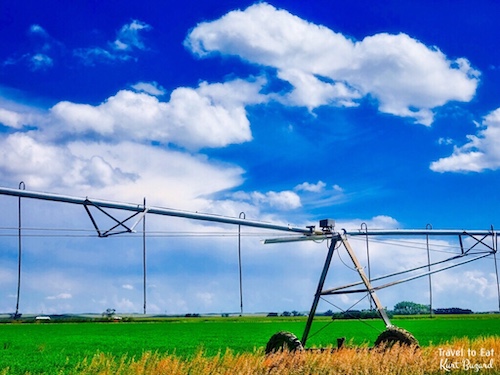
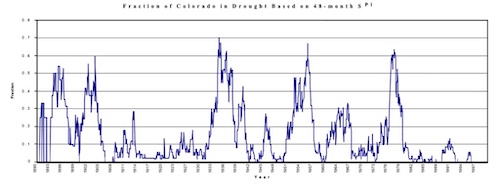
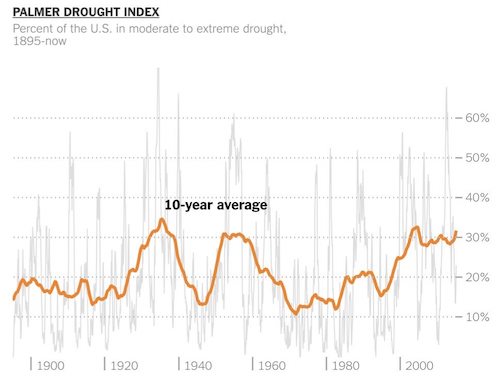
Early farmers in Colorado found yields under irrigation were astonishingly large, when compared with farming “back east”. Nevertheless, the farmer realized that he got results only at a cost of great effort in labor and outlay, and that he could leave nothing to chance in a country where the average precipitation was about one-third of that to which he had been accustomed. Irrigation and water law rapidly moved into the limelight of Colorado agriculture. The earliest farmers claimed the well-watered bottom lands; later arrivals had to learn how to maneuver water out of rivers and onto their land. Done successfully, this involved more than one farm family’s labor, it required the cooperation of the local community, engineering expertise, and the establishment of water law. Irrigation evolved into the giant spray giants of modern agribusiness as seen above. Annual precipitation in Colorado averages only 17 inches statewide. The majority of the state is considerably drier with only 12-16 inches of precipitation annually. The San Luis Valley in south-central Colorado is the driest region, averaging only seven inches in the center of the valley. As you can see from the above graph, periodic drought is a fact of life on the eastern plains of Colorado. Due to global warming, drought in the US has been increasing for the past twenty years with a particularly severe 2010-2015 drought. Fortunately 2016 has been a good year for rainfall with green crops and pastures throughout the summer.
Ranching in Northeastern Colorado
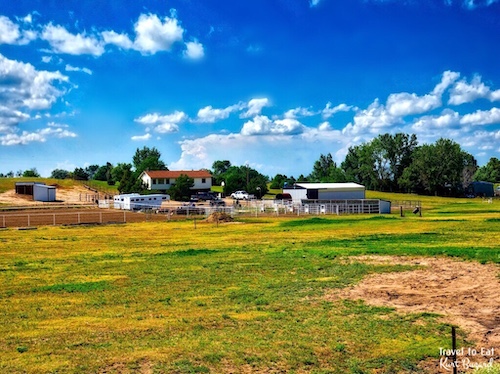
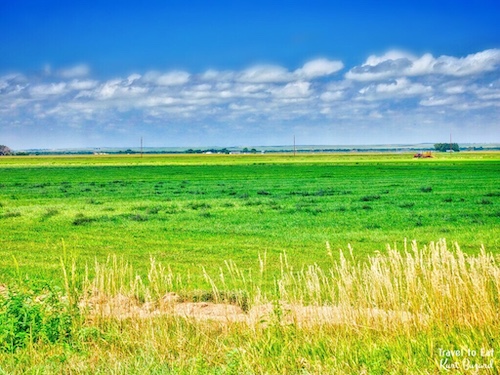
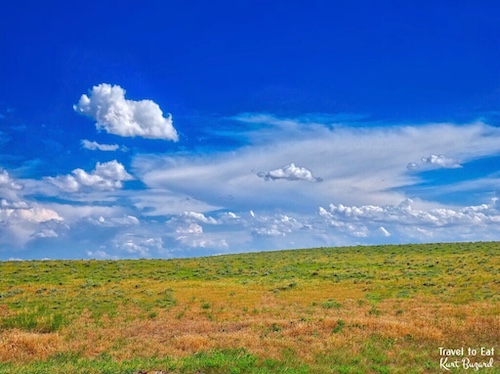
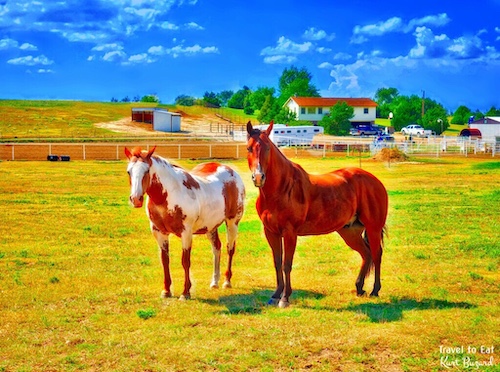
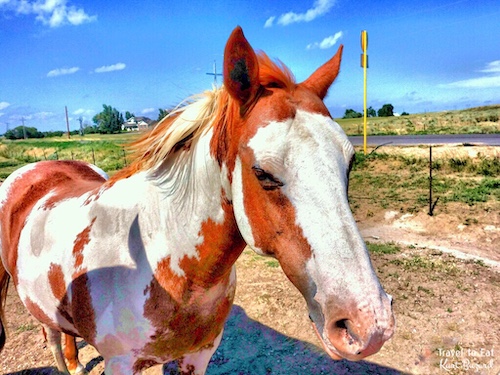
Colorado’s agricultural production is domintated (75%) by livestock and livestock products, driven by the cattle industry. Over 60% of the state’s agricultural revenues are provided by the growth of cattle and calves. In terms of revenue generated, Colorado’s top six agricultural products are cattle and calves, dairy products, hay, corn for grain, greenhouse and nursery products, and hogs. Much of the grazing land is original prairie, albeit grazed by horses and cattle. On the way in we saw these particularly handsome horses and I took their picture. The National Western Stock Show & Rodeo is a Denver tradition, honoring the country’s rich Old West heritage. Held every January at the National Western Complex, it is the world’s largest stock shows, and each year is bigger and better than the last, with more than 15,000 animals, rodeo performances, Mexican rodeos, bull riders, horse shows, livestock competitions, auctions and booths selling everything from cowboy boots to Native American jewelry.
Merino in Northeastern Colorado
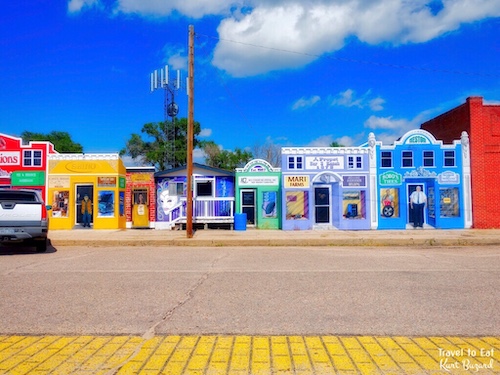
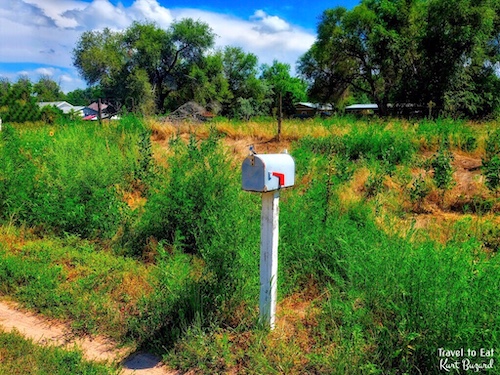
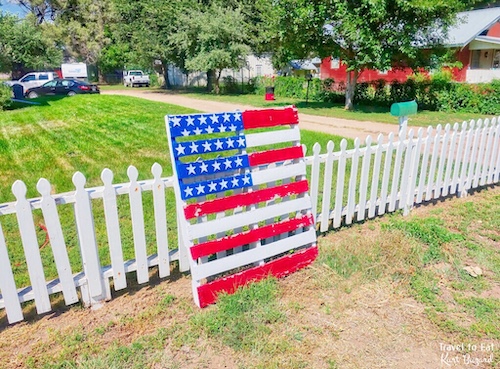
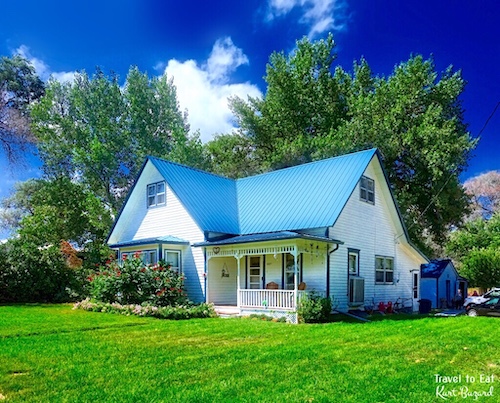
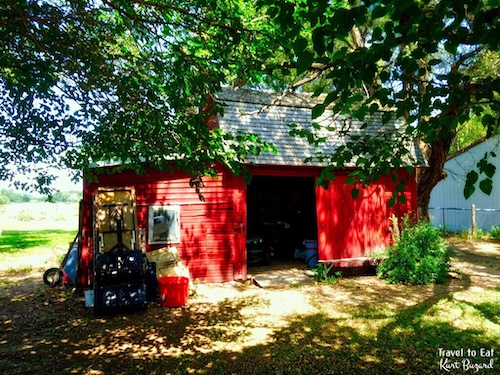
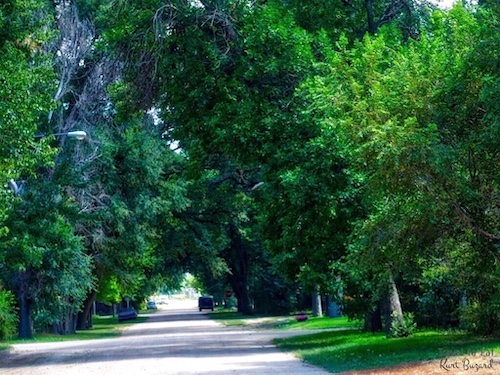
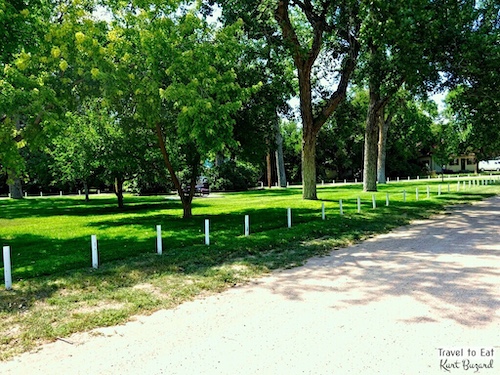
Small towns in America have been hit hard by an exodus of young people and the rise of big box stores in neighboring slightly larger towns. The town of Merino is a Statutory Town in Logan County, Colorado. The town population was 284 at the 2010 United States Census. The town was named for the merino sheep which once grazed there. A small but beautiful piece of Americana. Since a Walmart opened twelve miles down the road, the local grocery had to close. The people of Merino had a novel approach to the lack of local businesses in town. They painted storefronts on the Main Street, much like a movie set. The local restaurant is one of the sole surviving remnants of the commercial town. Still, there is a certain charm to a mailbox in the middle of a deserted field or an American flag painted on a shopping crate.
Flowers
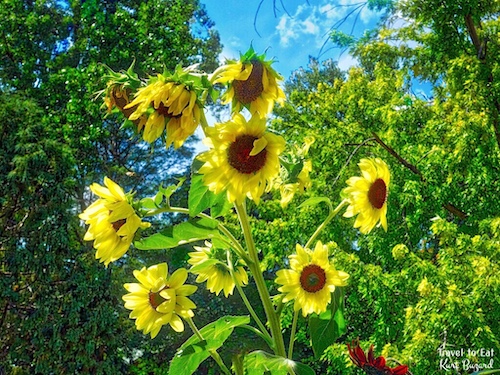
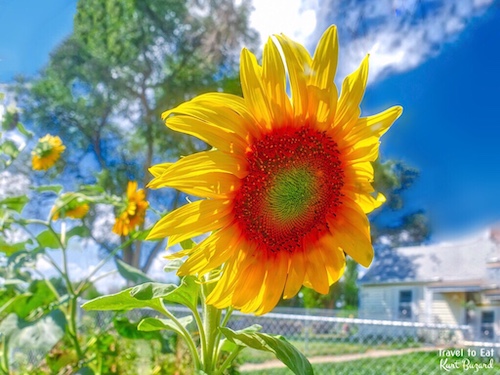
There is no flower more emblematic of the Midwest than the sunflower. Helianthus or sunflowers (from the Greek: Hēlios, “sun” and anthos, “flower”) is a genus of plants comprising about 70 species in the family Compositae. The genus is one of many in the Asteraceae that are known as sunflowers. Except for three species in South America, all Helianthus species are native to North America. The common name, “sunflower,” typically refers to the popular annual species Helianthus annuus, the common sunflower. This and other species, notably Jerusalem artichoke (H. tuberosus), are cultivated in temperate regions as food crops and ornamental plants. In a newly-published article in Science, the researchers say the young plant’s sun-tracking (also called heliotropism) can be explained by circadian rhythms, the behavioral changes tied to an internal clock that humans also have, which follow a roughly 24 hour cycle. A young flower faces east at dawn and greets the sun, then slowly turns west as the sun moves across the sky. During the night, it slowly turns back east to begin the cycle again. The researchers found that the plant’s movement is actually a result of different growths on sides of the stem.
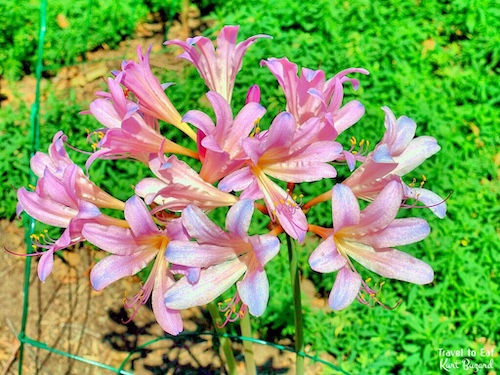
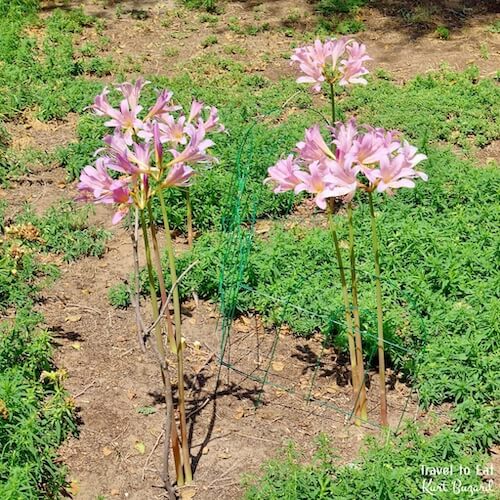
This gorgeous flower has many identities: Belladonna Lily, Naked Ladies, or Belladonna Amaryllis. This plant produces green, leafy growth that emerges in spring and dies back by mid summer. In late summer, leafless stems produce elegant, pink flowers with a truly beautiful scent. Belladonna Lilies are hardy in zones 7 – 11 and are considered annuals in all other zones.
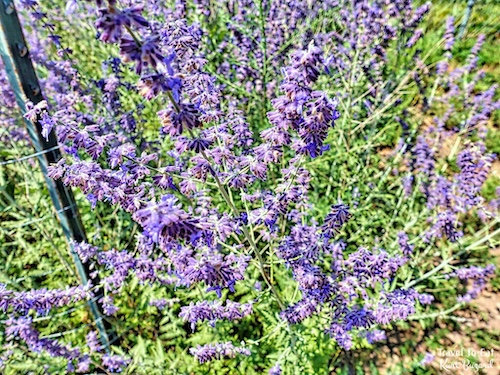
Lavandula (common name lavender) is a genus of 39 known species of flowering plants in the mint family, Lamiaceae. It is native to the Old World and is found from Cape Verde and the Canary Islands, Europe across to northern and eastern Africa, the Mediterranean, southwest Asia to southeast India. The most common form in cultivation is the common or English lavender Lavandula angustifolia (formerly named L. officinalis). A wide range of cultivars can be found. Other commonly grown ornamental species are L. stoechas, L. dentata, and L. multifida (Egyptian lavender).
<
div class=”separator” style=”clear: both; text-align: center;”>
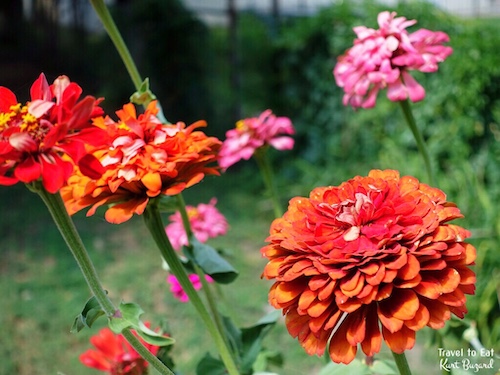
Zinnia is a genus of plants of the sunflower tribe within the daisy family. They are native to scrub and dry grassland in an area stretching from the Southwestern United States to South America, with a center of diversity in Mexico.
What to Eat in Merino
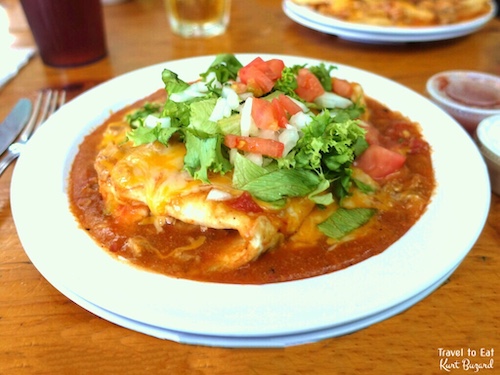
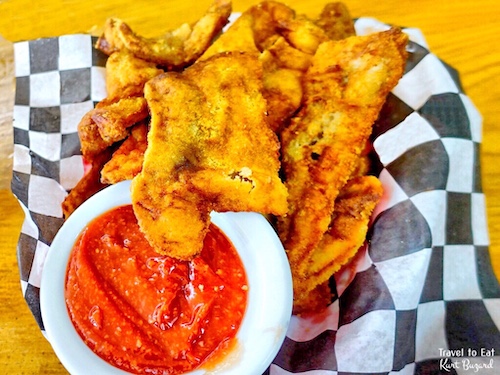
If you visit Colorado you need to sample the Rocky Mountain Oysters or bull balls. They should be fresh, crispy on the outside and soft in the middle, not unlike tête de veau (calf brain). These were less than a day old, breaded and cooked to perfection. Surprisingly most of my family had never tried them but everyone was pleasantly surprised. Mostly served with cocktail sauce, they provide a genuine entrance to Colorado cuisine. The remainder of the dishes were hearty and big. I had the pulled pork burrito which was delicious and too much to eat for one meal. I hope you enjoyed this post, please leave a comment.
[mappress mapid=”184″]
References:
Eastern Colorado Agriculture: http://lib.colostate.edu/research/agbib/project-background.html
Colorado Economy: http://www.netstate.com/economy/co_economy.htm
Dry Farming in Eastern Colorado: https://dspace.library.colostate.edu/bitstream/handle/10217/5504/COAB_4563126.pdf?sequence=1
Drought in Colorado: http://www.cwi.colostate.edu/publications/wb/9.pdf
New York Times: http://www.nytimes.com/interactive/2014/upshot/mapping-the-spread-of-drought-across-the-us.html
Low Times on the High Plains: http://blogs.denverpost.com/captured/2014/01/06/low-times-on-the-high-plains-rj-sangosti-photos/6537/
Sunflowers Follow the Sun: http://www.npr.org/sections/thetwo-way/2016/08/05/488891151/the-mystery-of-why-sunflowers-turn-to-follow-the-sun-solved

